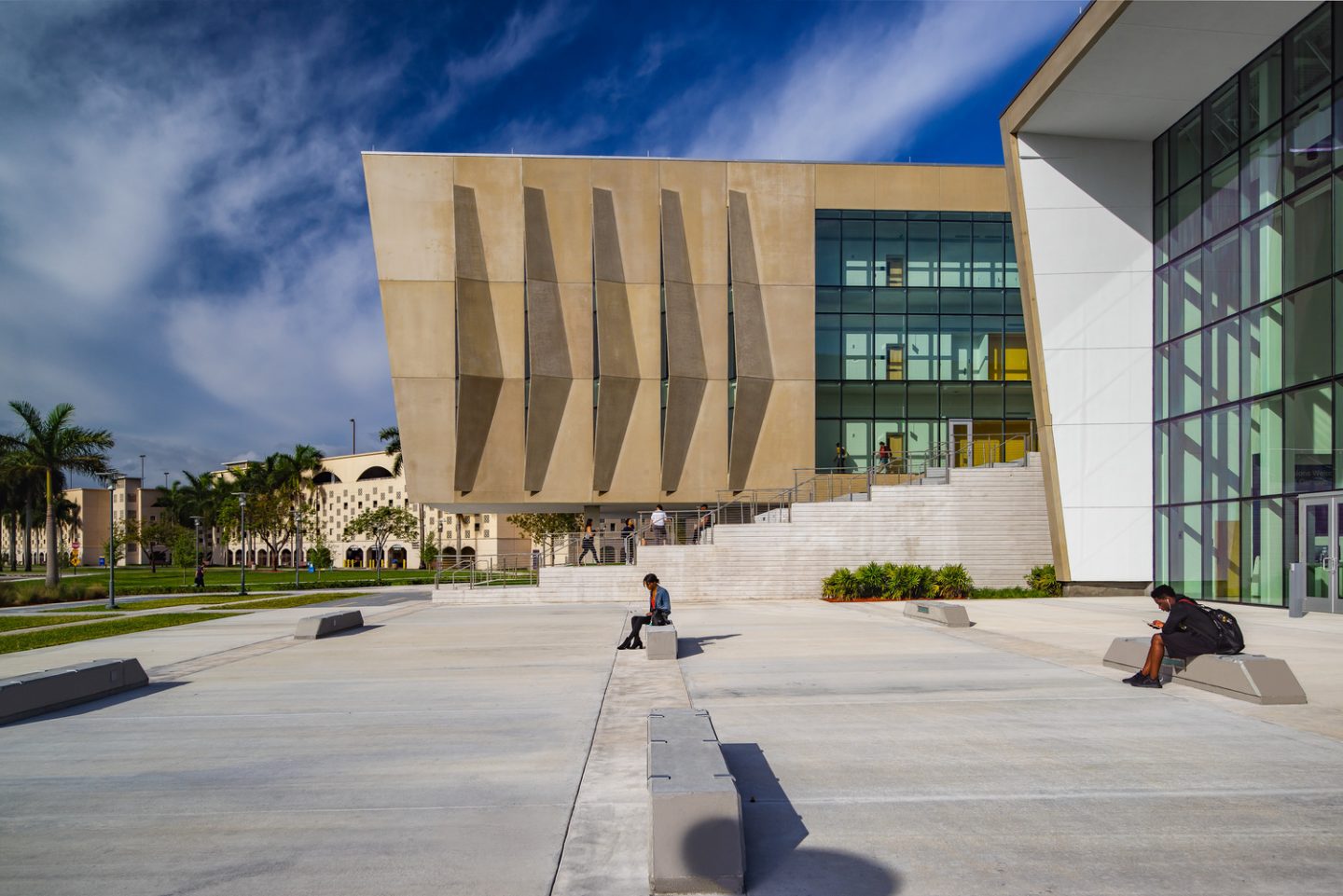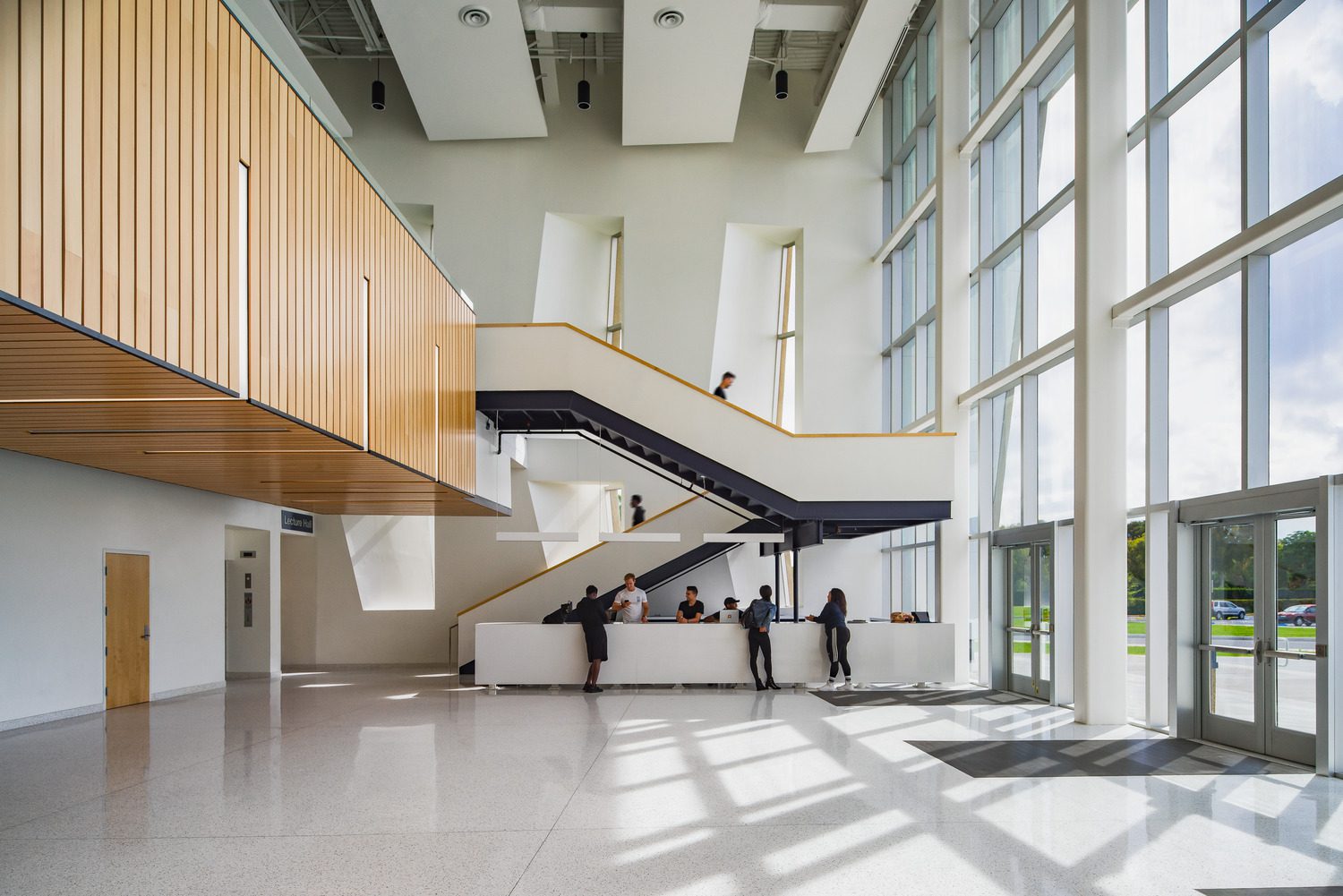
For a Resilient Campus, Think Like a Futurist
September 1, 2020Pre-COVID-19, Multistudio participated in a workshop with the applied futurist Brian David Johnson and the development and operating team at American Campus Communities, utilizing futurist methodologies with social, technological, and economic data. And while the actual future is unpredictable, the data is clear—and it reflects affordability, mental health, and equity issues across the nation. In the face of unprecedented global challenges, building more resilient college campuses is going to take more than accounting for six-foot distances—it’s going to mean challenging the existing paradigm of student housing.
One‑Size‑Fits None
American college enrollment has surged over the past two decades. The share of graduate BIPOC students increased from 20.8 to 32.0 percent in the same time period. Despite these gains, many areas of higher education continue to underserve and underrepresent a BIPOC student body. In order to promote diversity and inclusion in higher education, expanded support in the housing realm is crucial. A short-term residency model for recent graduates could provide further stability for young professionals while supplying crucial housing in underserved areas, like San Francisco where the housing market falls woefully short.
The campus experience doesn’t have to start after high school and end after a degree.

Holistic, In‑House Support
Recent survey data indicates that in the past year, three out of five students experienced overwhelming anxiety, and two out of five students were too depressed to function. But only a small percentage (10–15% on average) of these students seek services at their counseling center. Student housing can act as a support hub, with support facilities co-located with student living. For students with families, co-locating childcare programs and services with student housing can enable them to more easily navigate the transition between school and other responsibilities with less stress.

The College Experience—Off Campus
The virtual-physical hybrid college experience is poised to continue to disrupt the current economic model, offering choices that better respond to changing student behaviors and demographics. In the future, flexible, digitized learning could result in students attending class in their dorms, in the library, or anywhere with an internet connection. Students could simultaneously take classes from multiple universities while living on a single campus, encouraging curriculum partnerships with institutions specializing in high-demand fields. The digitization of learning, however, exposes socioeconomic and learning variabilities in students—for both of which universities should prepare. Universities may consider taking responsibility for providing all students with equitable access to equipment, high-speed internet and technology support, and using this time to research the social and cognitive outcomes of digital learning and analyze poll data on which classes are most effective online.

Today’s looming issues become tomorrow’s critical problems. Future-casting is a method for addressing them—but it’s a mirror, not a crystal ball. Our ability to build resilient campuses that address students’ needs starts with addressing today’s critical problems. Attempting to return to a “status quo” would fail students when they need urgent support. Think about it: what if pandemics became the new normal for every fall semester?
